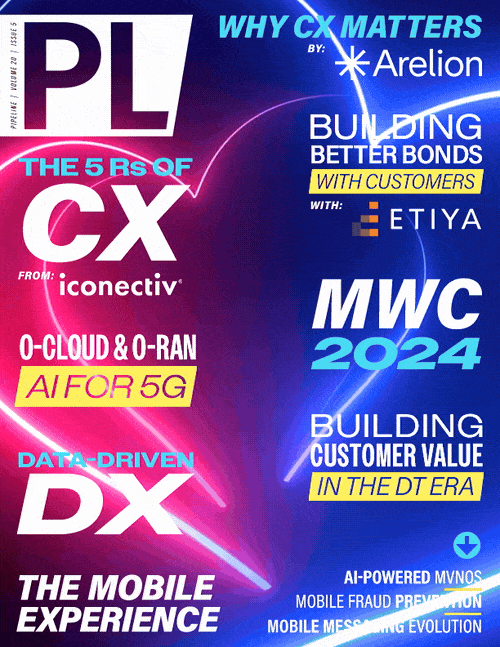Messaging Technology Evolution: Meeting the
Challenges of Messaging Tech Abundance
Messaging Technology Landscape
Today’s messaging technology landscape is vast and diverse, offering a wide range of solutions catering to various communication needs. Instant messaging applications have undeniably transformed the way we interact, bringing us closer and eliminating geographical barriers. Business messaging solutions, on the one hand, offer a robust ecosystem designed to empower enterprises with a wealth of features that facilitate seamless two-way communication, stimulate collaboration, and enable swift decision-making. On the other hand, SMS solutions remain relevant, showcasing the enduring power of text-based messaging. Rich Communication Services (RCS), alternatively, represent the future of messaging, bridging the gap between traditional SMS and feature-rich messaging applications. Finally, the advent of Chatbots and AI-powered Messaging has redefined customer support and interaction.
As technology continues to advance, messaging technology solutions will evolve, providing users with even more innovative features and seamless communication experiences.
Distinguishing Yourself with Messaging Technology Solutions in a Fiercely Competitive Market
Building a scalable and resilient messaging solution architecture takes center stage in today's fiercely competitive messaging market. The significance of thoughtfully designed architecture cannot be overstated, as it guarantees a system's ability to efficiently manage heightened demands and expansion while upholding performance and stability.
Scalability emerges as a pivotal feature, enabling businesses to effortlessly adapt to growing user bases, increasing data volumes, and the ever-evolving technological landscape. Furthermore, a robust architecture acts as a bulwark against potential breakdowns or disruptions, ensuring uninterrupted operations and minimal downtime.
Through strategic investment in a scalable and robust platform architecture, organizations future-proof their systems, elevate customer experiences, and secure a competitive advantage in a constantly evolving environment.
Additionally, a wide array of features can create a significant impact. When we consider the feature layers within messaging software, we find substantial opportunities for meaningful differentiation. In today's messaging industry, offering a feature-rich messaging technology solution is fundamental to achieving success. In a highly competitive market, the ability to distinguish yourself hinges on the comprehensiveness of your tool. Meeting customer expectations for a seamless and versatile experience is paramount, and a feature-rich platform is key to achieving this goal.
Offering a wide range of capabilities, including advanced messaging options, analytics, personalization, and automation features, enables businesses to deliver added value to their customers. It not only sets them apart from competitors but also attracts and satisfies customers, ultimately contributing to the overall success of their messaging ventures.
User experience (UX) presents significant opportunities for differentiation as well. Design and UX are inextricable and essential aspects of products and user interactions. UX professionals emphasize the complexity of this layer, which consists of everything users encounter and interact with. Naturally, there is considerable variation in how well information is presented. Some interfaces are visually appealing and intuitively deliver information, while others are less organized and require more effort to navigate. A poorly designed user interface often makes software more difficult to use, emphasizing the importance of an intuitive and user-friendly design for easy tool adoption.
Standing Out in the Dynamic Landscape of Messaging Technology
In summary, the messaging technology landscape is a dynamic and innovative space that offers a diverse range of solutions to meet various communication needs. Some may argue that the various solutions available serve similar purposes, but closer examination reveals a nuanced and ever-evolving environment. To stand out in this competitive market, organizations must focus on three critical elements: architecture, features, and user experience. A robust and scalable architecture ensures seamless growth and resilience. Feature-rich solutions, encompassing advanced messaging options, analytics, personalization, and automation, not only add value but also differentiate businesses. Lastly, an intuitive and user-friendly design is essential for user adoption and satisfaction. Incorporating these crucial layers is key for developing a messaging solution that stands head above the rest.



















